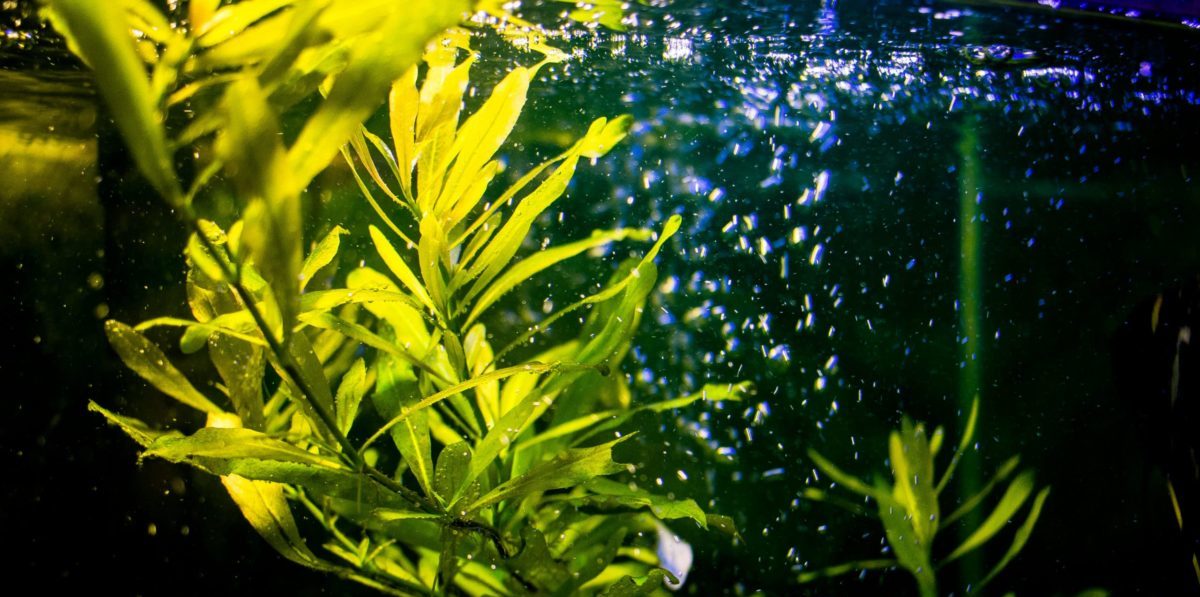Hygrophilia Polysperma – Introduction
These invasive plants are one of the 2500 species identified in the Acanthus family of aquatic plants and are native to India and Malaysia. They were brought in the USA for the aquarium industry. In Florida state, the plants were introduced in 1950. Hygrophilia Polysperma is known by various other names- Dwarf Hygrophilia, Dwarf Hygro, Indian Swampweed, or Miramar weed, to name a few.
This invasive plant grows rapidly in dense colonies with water surface depth up to a level of 10 feet. It is easy to grow and therefore is a popular aquarium plant.
As and more is being discovered about this plant, it is now known to be Florida’s one of the most invasive plants and doesn’t do good to the aquatic ecosystem. Its increased growth triggers increased sediment levels which pose to be harmful to the marine ecosystem. The plant is capable of altering flora and fauna of the ecosystem in which it thrives.
It’s rapid adaptability and resource acquisition has become a danger even for the fishes as oxygen levels and other important nutrients decrease.
Identification of Hygrophilia Polysperma
Due to the innumerable threats posed by this invasive plant, it is essential to identify them. Below are the characteristics unique to Hygrophilia Polysperma:
Leaves
- The leaves are elliptical, dimensions being – approximately 8 cm length and 2 cm breadth.
- Their growth direction is along the stem towards the opposite side and has sharp ends. It is one of the key features in identifying this invasive plant.
- The arrangement of the leaves is immobile and is directly attached to the base. The bases are joined at the node by ciliated tissue flanges.
- The color of the leaves ranges from green to brown to reddish.
Flowers
- The color of its flowers is blue-white to white.
- The flowers of this invasive plant are hidden by the leaves and are generally found in the uppermost leaf axils.
- Flowers grow from the axils where the leaves meet the stems.
- The flower is a 5-lobed calyx, along with two-lobed upper lips and three-lobed lower lips.
Stems/Roots
- The stems are generally 6 feet or longer.
- The stems are brittle and can easily be fragmented.
- Primarily, it is a submersed rooted plant, but in shallow areas, can exist as an emersed plant.
- The uppermost, emersed part of the stems is square in shape.
- There are multiple roots stemming from stem nodes.
- Even an isolated leaf of the plant is enough to replicate and rise as an entirely new plant.
Fruits and Seeds
- The fruit is a narrow shaped, hairy capsule, 6-9 mm in length.
- In one capsule, 20-30 tiny seeds can be released while splitting it open along the length.
- The size of each seed is around 0.4-0.62 mm in length, 0.3-0.5 mm in width, and 0.002-0.06 mm in thickness.
Lookalike Species
The identification of this noxious weed might be a bit of a problem due to its similarities with other aquatic plant species. Some of them are Ludwigia Repens, Alternanthera Philoxiroides, Hygrophilia Costata, etc.
Invasive Plants status in Florida and the rest of US
As mentioned, this invasive plant grows in dense colonies and sometimes also creates irrigation pipe blockages, or hampers water connectivity-related services.
To combat this problem, the USA implemented the Federal Noxious Weed Act and listed Hygrophilia Polysperma as a noxious weed.
How to Control Miramar Weed
There are various ways through which the growth of this plant can be controlled:
Non-Herbicide Management Options –
- Physical management options – This includes using non-toxic dyes and colorants to limit the exposure of sunlight, which is essential for the hygrophilia to grow. It also includes mechanical devices to chop off the fragments, thus putting an end to its growth.
- Biological management options – There are unknown biological management options, the research on which is still being carried out.
Herbicide Control Options – Based on herbicide trials, few of the active ingredients have been successful in controlling the growth of hygrophilia polysperma, which are:
- Flumloxazin
- Imazapyr
- Triclopyr
While handling such chemicals, it is important to note that chemicals are known to restrict oxygen supply in the ponds and lakes, thus proving to be fatal for the marine species. Aeration during night time for days at a stretch can be worth considering.
Another common problem observed in using these herbicides is finalizing the area of pond or the area to be treated as the fragmented roots, stems, leaves, flowers, seeds can re-grow and rapidly multiply.
At Mettauer Environmental, we take pride in educating the community about such environment-related issues and how to tackle these effectively and efficiently while causing no harm to the aquatic species and healthy plants. Feel free to contact us and discuss shoreline management, environmental restoration, invasive plant management, and other related topics.



